A Visual Guide to Claudication


What Is Claudication?
When you exercise, your muscles need lots of oxygen and nutrients to work properly and stay healthy. Claudication stops that from happening -- it limits valuable blood flow to your muscles as you exercise. The condition causes pain in your legs, mostly when you walk. It’s also known as intermittent claudication because the pain stops when you rest.
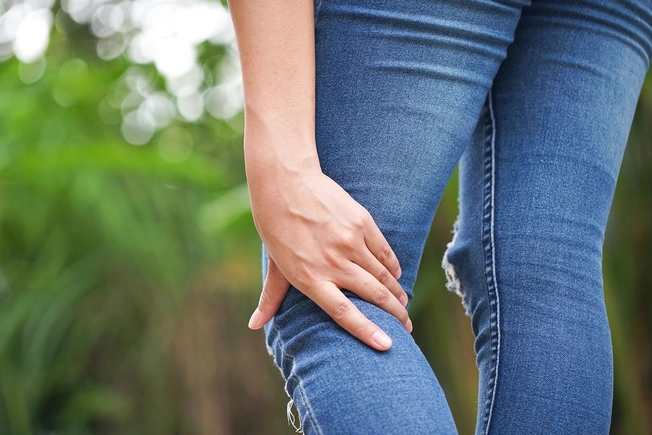
What Are the Symptoms?
Pain is the most notable symptom of claudication. It’s usually in your calves, thighs, buttocks, hips, and feet. Sometimes you may feel it in your shoulders, biceps, and forearms.
Movement like exercise sets off a pain flare, which dies down as you rest. Other symptoms include:
- Skin on your feet that’s shiny, smooth, or uneven
- Color changes to your leg (red or pale)
- Cold feet
- Can’t keep an erection (impotence)
- Nighttime leg pain
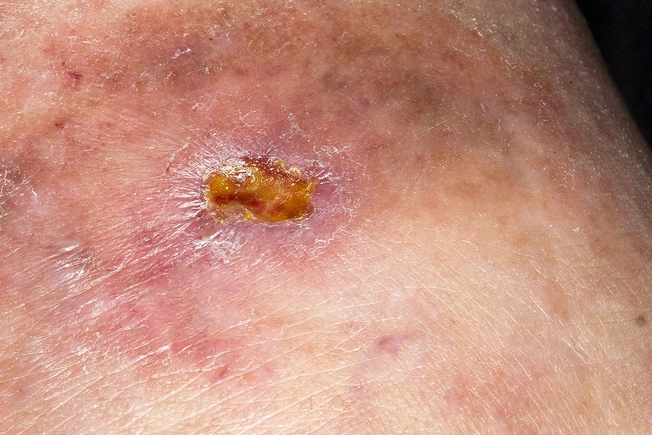
Symptoms: Advanced Stages
In the later stages of the disease, you could notice:
- Your skin feels cool to the touch
- Pain in your limbs that turns to numbness
- Discolored skin
- Skin injuries or wounds that don’t get better
- Pain even when you’re at rest
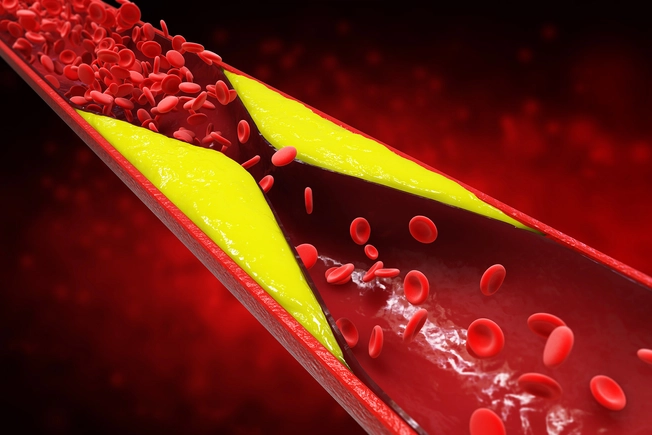
What Causes Claudication?
In most cases, claudication is a symptom of peripheral artery disease (PAD). These arteries carry blood to the vessels in your arms and legs.
When cholesterol, blood cells, and other debris build up in the lining of the artery (called atherosclerosis), it curbs blood flow to your arms or legs. The result is pain in the affected limb.

Who Gets It?
You have a higher chance of having PAD and claudication if you’re older, a smoker, and someone in your family also has the disease. Certain health problems also raise your odds:
- High cholesterol
- High blood pressure
- Obesity
- Diabetes
- Long-term kidney disease
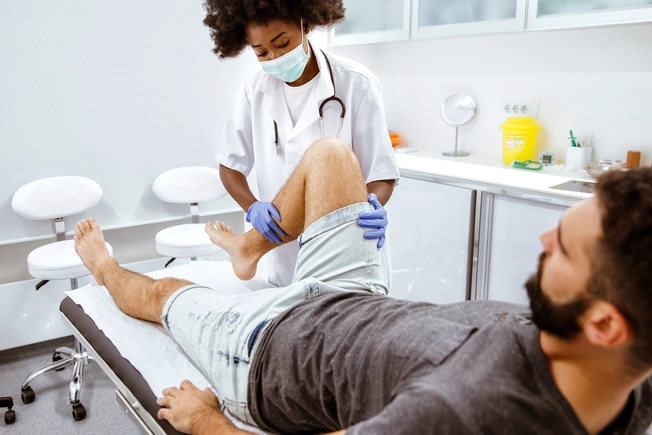
How Is Claudication Diagnosed?
The goal in diagnosing claudication is to find any constricted arteries in your legs. First, your doctor will ask about your overall health and symptoms. Then, they’ll give you a physical exam, including the skin on the limbs that have been bothering you.
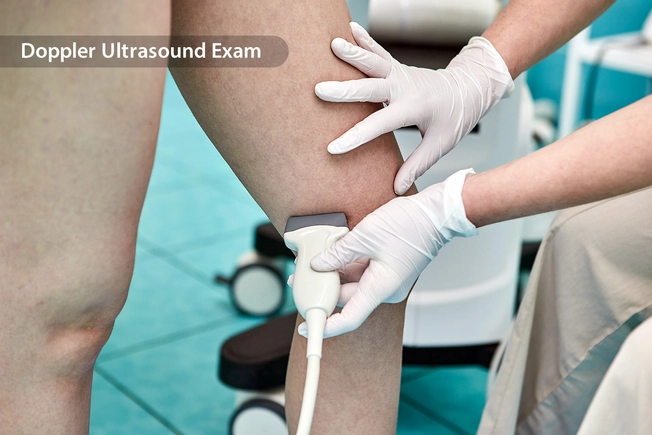
Tests
Your doctor could also give you one or more tests to figure out if you have claudication, including:
- Taking your pulse in your wrists or feet to gauge blood flow to the limb
- Checking your ankle and arm blood pressure (ankle-brachial index)
- Walking tests to find out how far and hard you can walk without pain
- Viewing blood flow (Doppler ultrasound)
- Searching for constricted blood vessels (MRI or CT)

Treatment: Exercise
Exercise, especially walking, has many benefits for treating claudication. You’ll have less pain, improve blood vessel health, and be able to exercise longer.
Try this: Walk until you feel slight pain, then rest. Continue the cycle for 30 to 45 minutes at least 3 days a week. You may start with a supervised program, then work your way up to exercising at home.
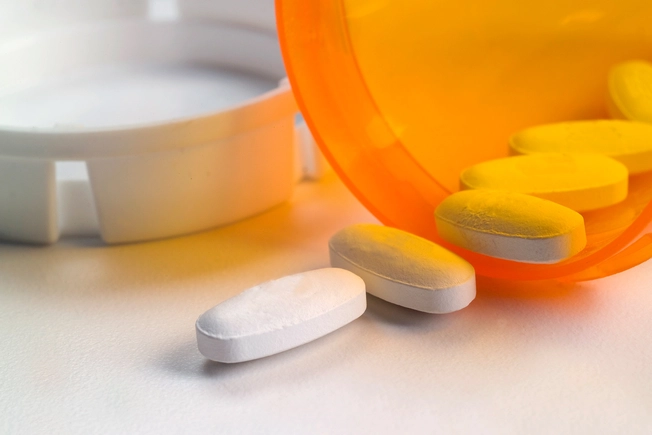
Treatment: Medicine
Medicine helps to manage pain and other health problems that may come along with claudication and PAD:
- Cilostazol. This drug eases pain and gives you better blood flow.
- Statins. Cholesterol-lowering medicines ward off plaque that builds up in the arteries.
- Blood pressure. Blood pressure meds fight off heart attack and stroke.
- Anti-platelet drugs. Aspirin, clopidogrel (Plavix), and other drugs stop blood clots from forming.
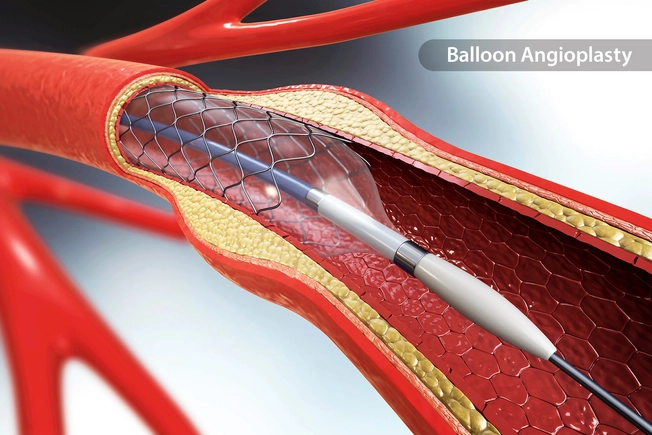
Treatment: Procedures
Medicine and exercise don’t always improve PAD. For a severe case, your doctor may suggest a procedure. There are two types:
- Angioplasty. Your doctor will snake a thin tube with a tiny balloon on the end through your blood vessels. When it’s in place, they’ll inflate the balloon to widen the artery.
- Vascular surgery. Your doctor will bypass a blocked blood vessel with a healthy one for better blood flow.
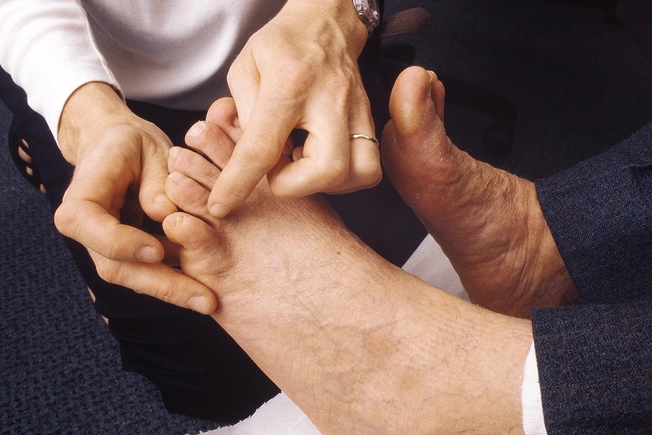
Treatment: Foot Care
Another important part of managing claudication is taking care of your feet. Ask your doctor how to inspect your feet and treat any injuries. You’ll also need to wear socks and shoes with the proper support and protection.
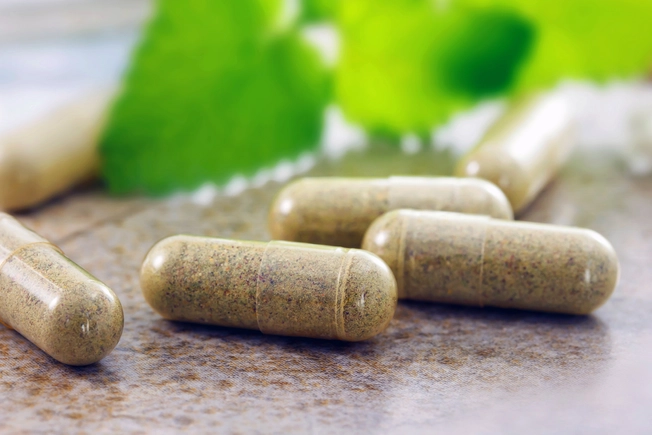
Does Alternative Medicine Work?
You may think about taking vitamins or supplements to treat claudication and PAD. Researchers have studied ginkgo biloba, L-arginine, vitamin E, B complex vitamins, and chelation therapy.
Right now, there’s no clear-cut proof that these therapies treat claudication or PAD. Some may even be harmful. Be sure to get advice from your doctor before starting any treatment.
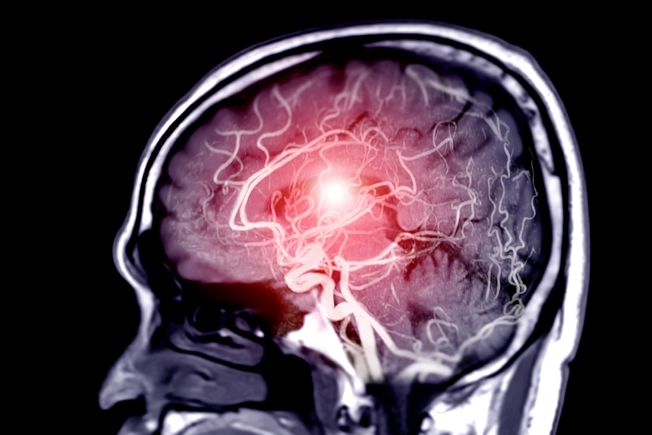
Other Possible Health Problems
Claudication can affect more than your legs. Blocked, hardened arteries that lead to your heart and brain could also trigger a heart attack or stroke. Other possible health problems include:
- Wounds or sores that have trouble healing
- Tissue and muscle death (gangrene)
- Limb removal (amputation)

How Can I Prevent It?
With some medical and lifestyle changes, it’s possible to stop claudication from cropping up. Here are some things to try:
- Stop using tobacco and nicotine
- Get regular exercise (walking works well)
- Eat a variety of healthy foods
- Stay at a healthy weight
- Keep your blood sugar, blood pressure, and cholesterol levels in check